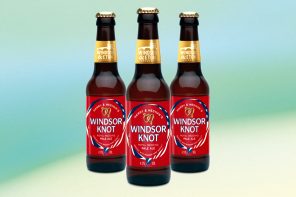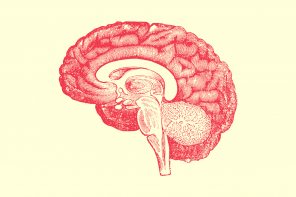As autumn approaches and summer ales slowly disappear from beer shop shelves, drinkers everywhere prepare for a season of porters and stouts. The days get darker, and so do the beers. IPA’s fall out of favor and heartier, thicker, creamier beers seize their moment in the limelight. Winter is coming.
What better time to learn a fact or two about the beers that will soon take over the taps at our favorite drinking establishments?
One of the defining characteristics of many stouts and porters is what’s often described as “creaminess” or “thickness.” You know, the way a Guinness looks like black whipped cream and takes about three separate tries to pour a full pint? It’s almost as if pudding and beer had a baby- but that’s definitely not it.
So what is it that makes beers like Guinness, Left Hand Nitro Milk Stout or Founders’ Frangelic Porter so thick and so much creamier than your average beer?
Nitrogen.
More specifically, something known as a “nitro pour” gives Guinness and other particularly creamy stouts and porters their exceedingly thick texture and mouth feel. This has less to do with the beer itself, and more to do with the tap it’s poured from.
Your typical tap uses Carbon Dioxide to get beer out of the keg and into your glass. A big old tank of C02 is hooked up to almost any bar, and when the valve is opened all of that gas pushes the beer through lines and up through the tap. Additionally, that beer is already carbonated to begin with. This means it’s going to be bubbly, gaseous and a bit effervescent- your classic burp-inducing brew.
Beers like Guinness aren’t poured the same way. A nitro pour (a specific type of tap) uses a ratio of 75% Nitrogen and 25% Carbon Dioxide. This means that your beer is being exposed predominantly to Nitrogen instead of Carbon Dioxide, and that makes a pretty big difference.
You may notice that this style of beers settles differently than others- the bubbles fall down to the bottom of the glass before rising up. That’s because of the nitrogen, which again, is what makes that beer thick, creamy, glazed and almost “whipped” looking.
Uh, why?
Nitrogen molecules are different than Co2 molecules, the key difference being that Nitrogen bubbles are smaller. The upshot is that our beer looks and feels less bubbly due to the fact that the bubbles just aren’t as large. Plus, Nitrogen bubbles are less active.
Carbon Dioxide gas will always rise to the top of a liquid and attempt to escape into the atmosphere- but the Earth’s atmosphere is already composed of about 80% Nitrogen, meaning the gas is in no hurry to break through the “head” of your beer and into the air. The perceived lack of bubbles is what makes these beers look and feel so creamy. It’s also the reason Guinness will always have its own, special tap.
Nitro pours were traditionally used to give stouts and porters that whipped feel, but are now being used for beverages like coffee, kombucha and wine. These days, even traditionally bubbly and carbonated beers like IPA’s are being poured with Nitrogen. So the next time you wonder why Guinness is magically foamy- just drink a few, and pour a couple drops out for one of the world’s favorite gasses: Nitrogen.








